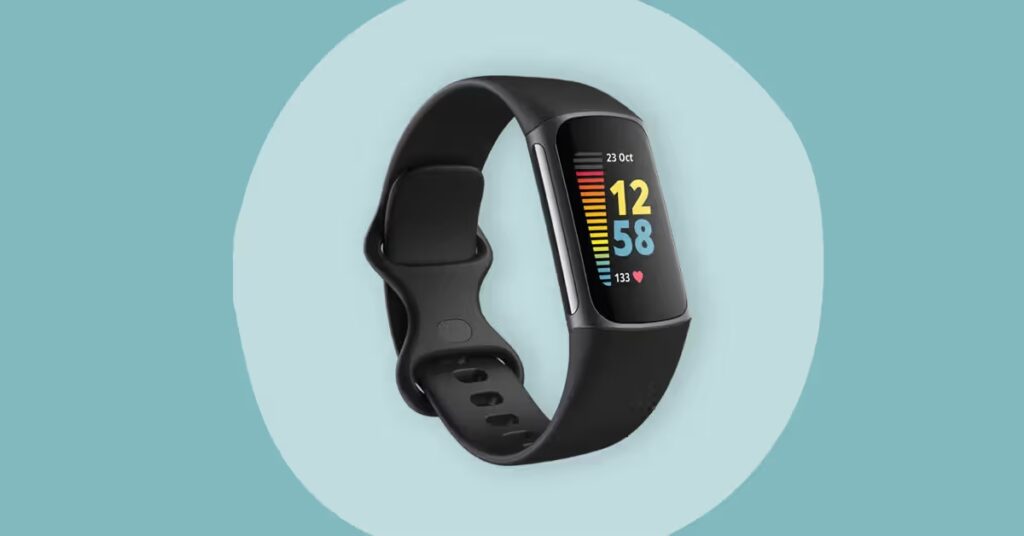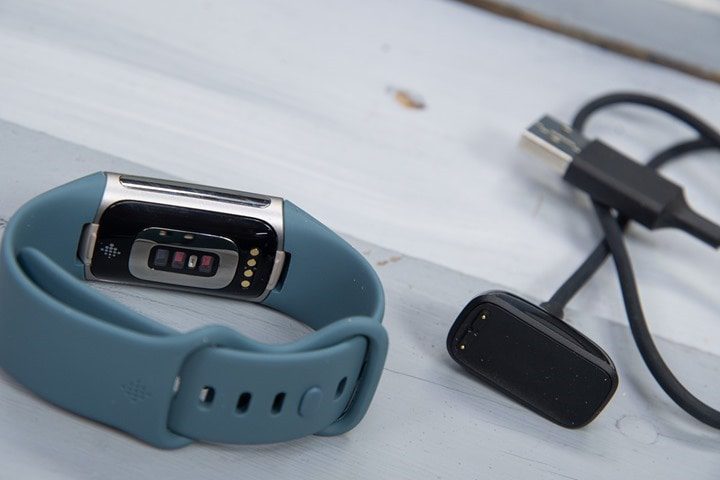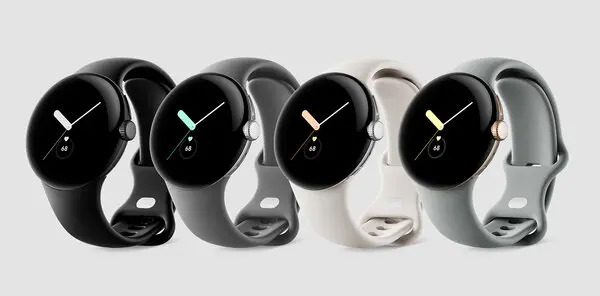When it comes to Google’s Fitbit trackers and watches, they are generally known for their reliability. However, they are not immune to power problems, especially since they are often exposed to sweat, rain, and dust due to their wearable nature. If you find your Fitbit’s isn’t charging, don’t rush to contact support or buy a replacement just yet. There are several troubleshooting tactics you can try. We’ll go through each of these solutions, and it’s wise to reserve the more extreme steps for last to avoid unnecessary hassle and expenses.
1. Dry Your Fitbit:
Most wearables are designed to withstand sweat and even temporary submersion in water. However, before charging, it’s essential to ensure they are completely dry to prevent charging issues and potential electrical shocks. Use a lint-free cloth if available.
2. Clean the Charging Port and Cable:
Dust and debris on the charging cable or the Fitbit’s port can obstruct the flow of electricity. Gently clean charging contacts with a toothbrush moistened with fresh water and use a cotton swab dipped in rubbing alcohol to clean the pins on the charging cable. After cleaning, make sure everything is dry and free of debris before plugging in.
3. Check for Physical Damage:
Scratched charging contacts or bent pins can disrupt the flow of power. Use a tweezer to fix pin issues or try a different charging cable if compatible. Unfortunately, there’s little you can do about scratched contacts. If the cable is damaged or frayed, cease using it immediately to avoid fire hazards.
4. Allow Extended Charging Time:

If your Fitbit’s battery has completely drained, it may take at least 30 minutes of charging before there’s enough power to turn the device back on. Be patient, especially if charging via a computer’s USB port or a low-wattage wall adapter. Leaving it plugged in until it reaches 100% can help resolve software-related power drain issues.
5. Ensure an Adequate and Secure Power Source:
Slow charging may be due to an insufficient power source. If charging through a computer, switch to a wall adapter. If that doesn’t work, try a different outlet or use an adapter with wattage matching or exceeding your Fitbit’s rating. Ensure all connections are secure to maintain a consistent power flow.
6. Try a New Charging Cable:

Even if your charging cable appears undamaged, internal issues or defects could be at play. If possible, try a spare charging cable compatible with your Fitbit model. If not, consider purchasing one online or from local electronics stores. Ensure compatibility with your specific Fitbit model, as their connectors can vary.
It’s recommended to use official Fitbit‘s -branded cables, but you can explore third-party options on Amazon for cost-effective alternatives, keeping in mind that quality may vary. However, it’s a reasonable option to consider.
